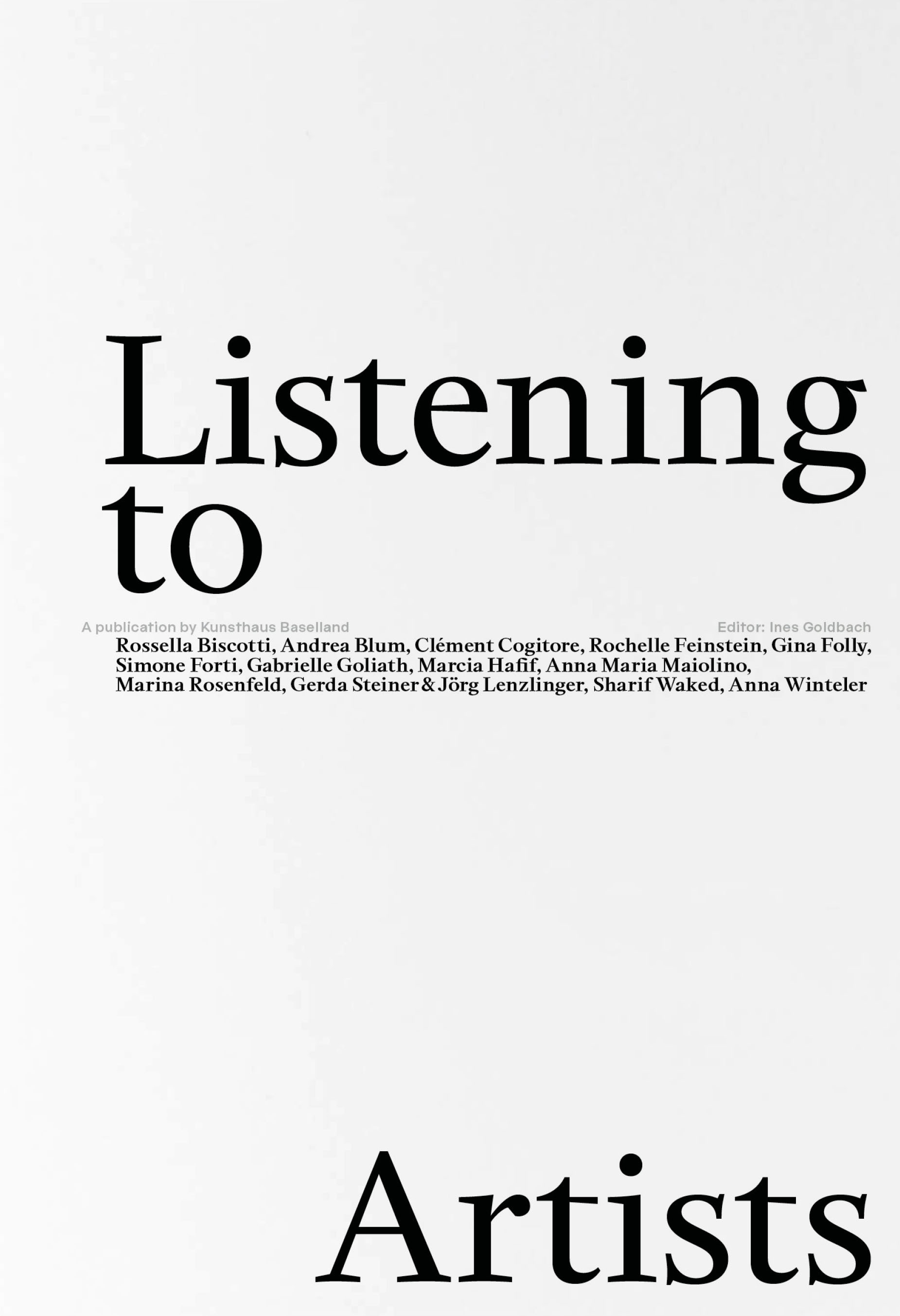Clément Cogitore
Part II
17.5. —
7.7.2019
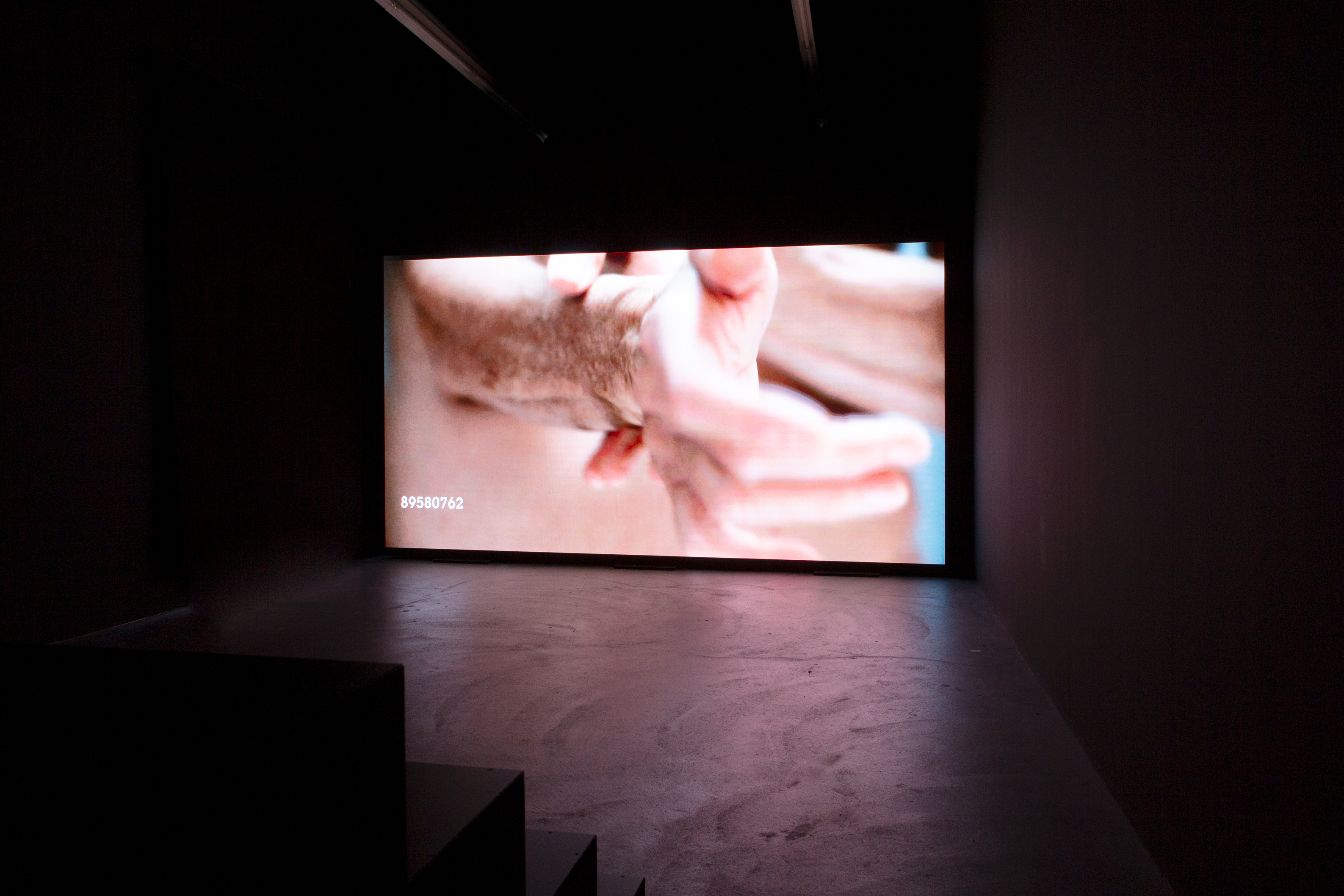
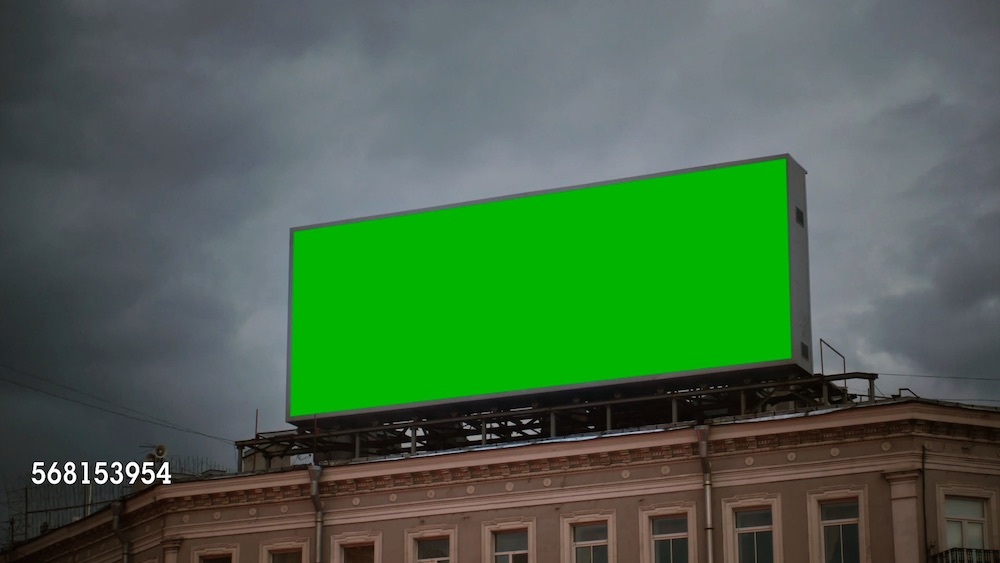

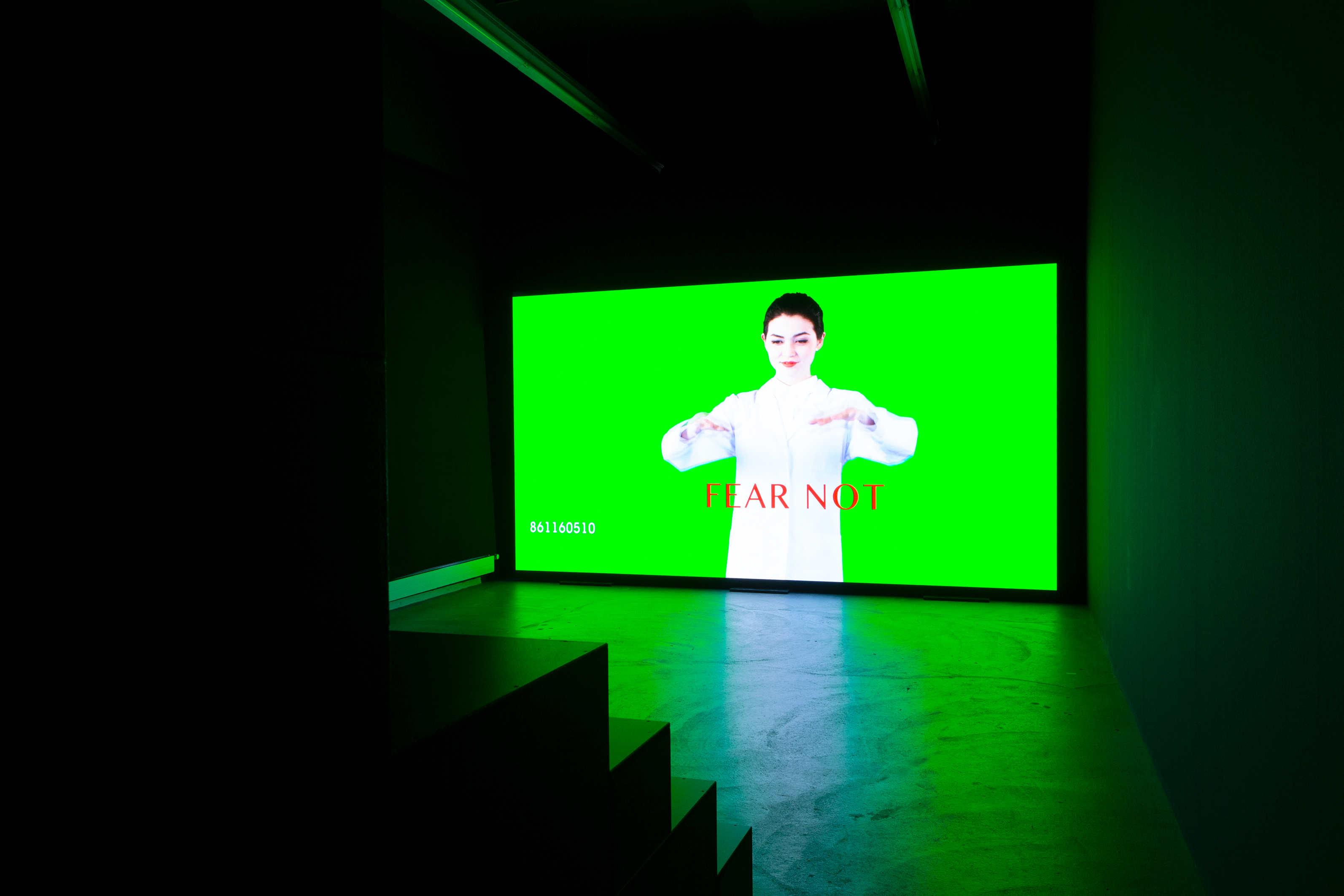
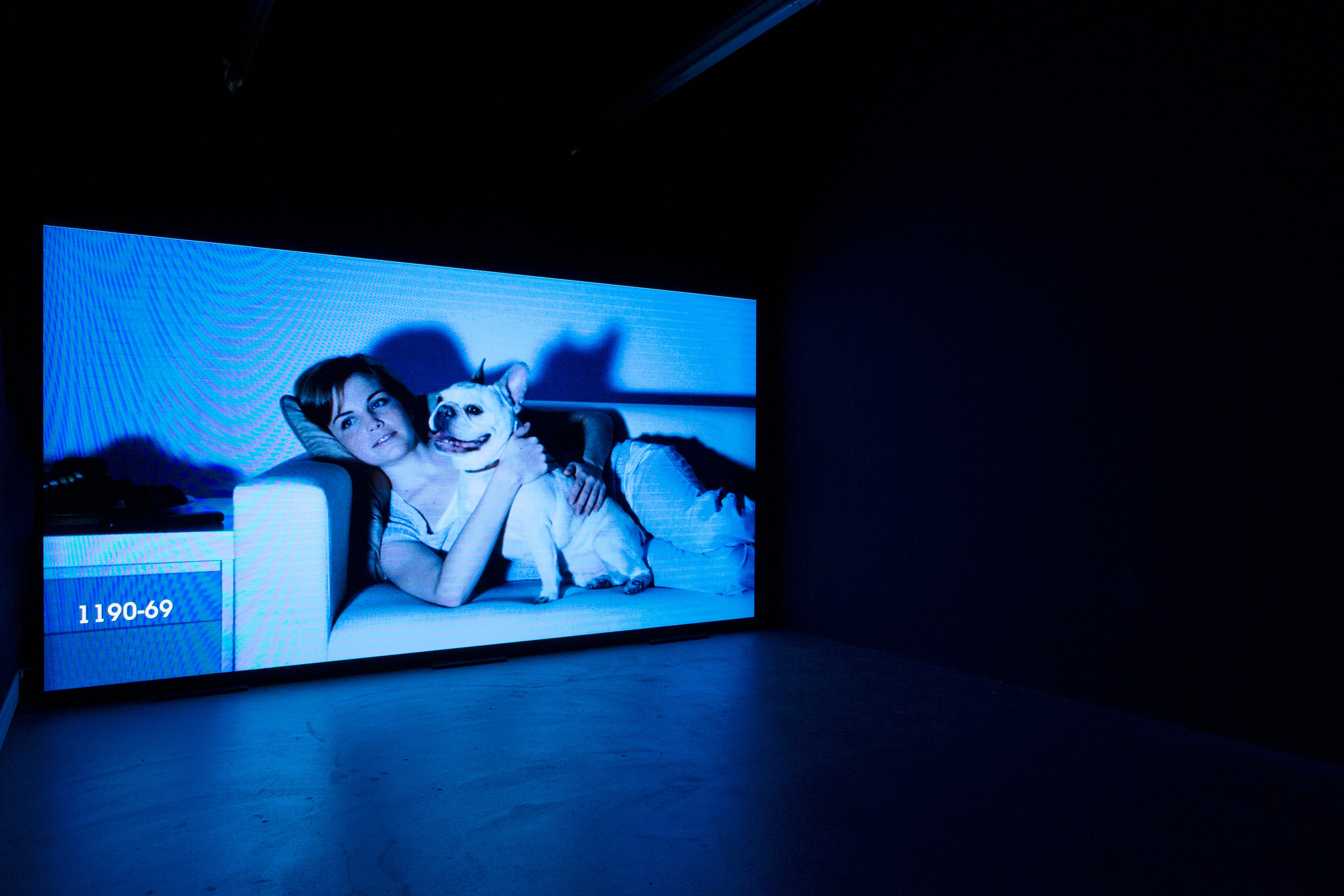
Selected press coverage
Project partners
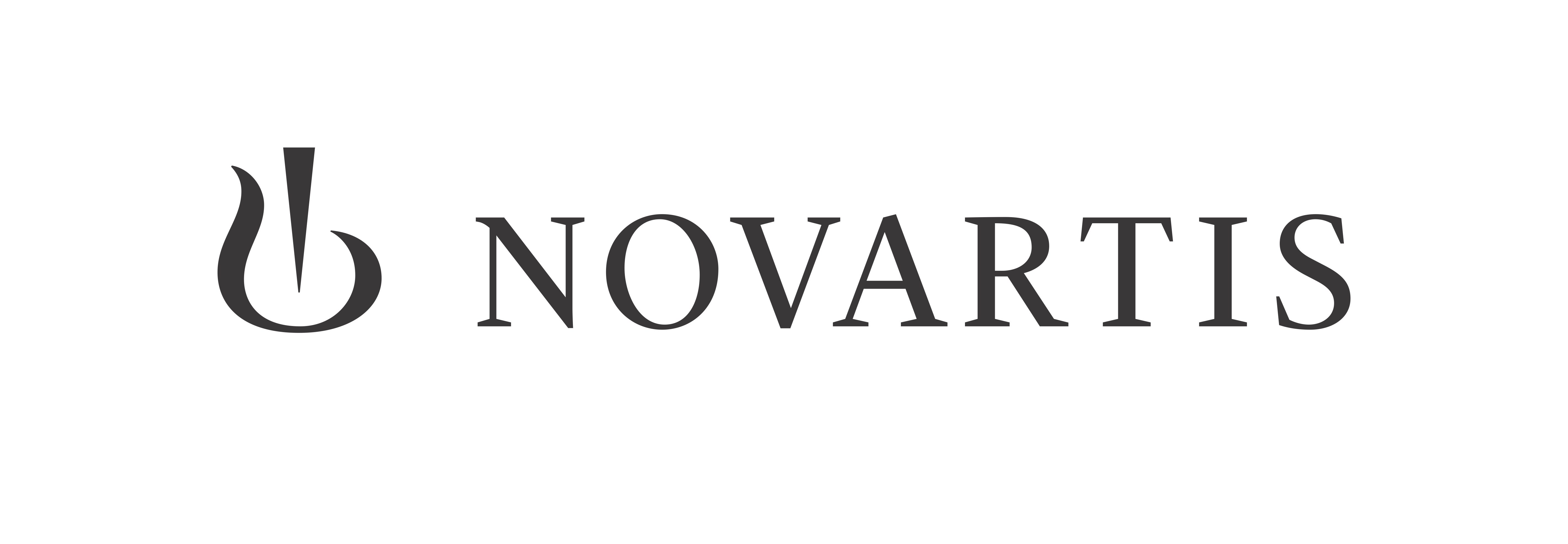
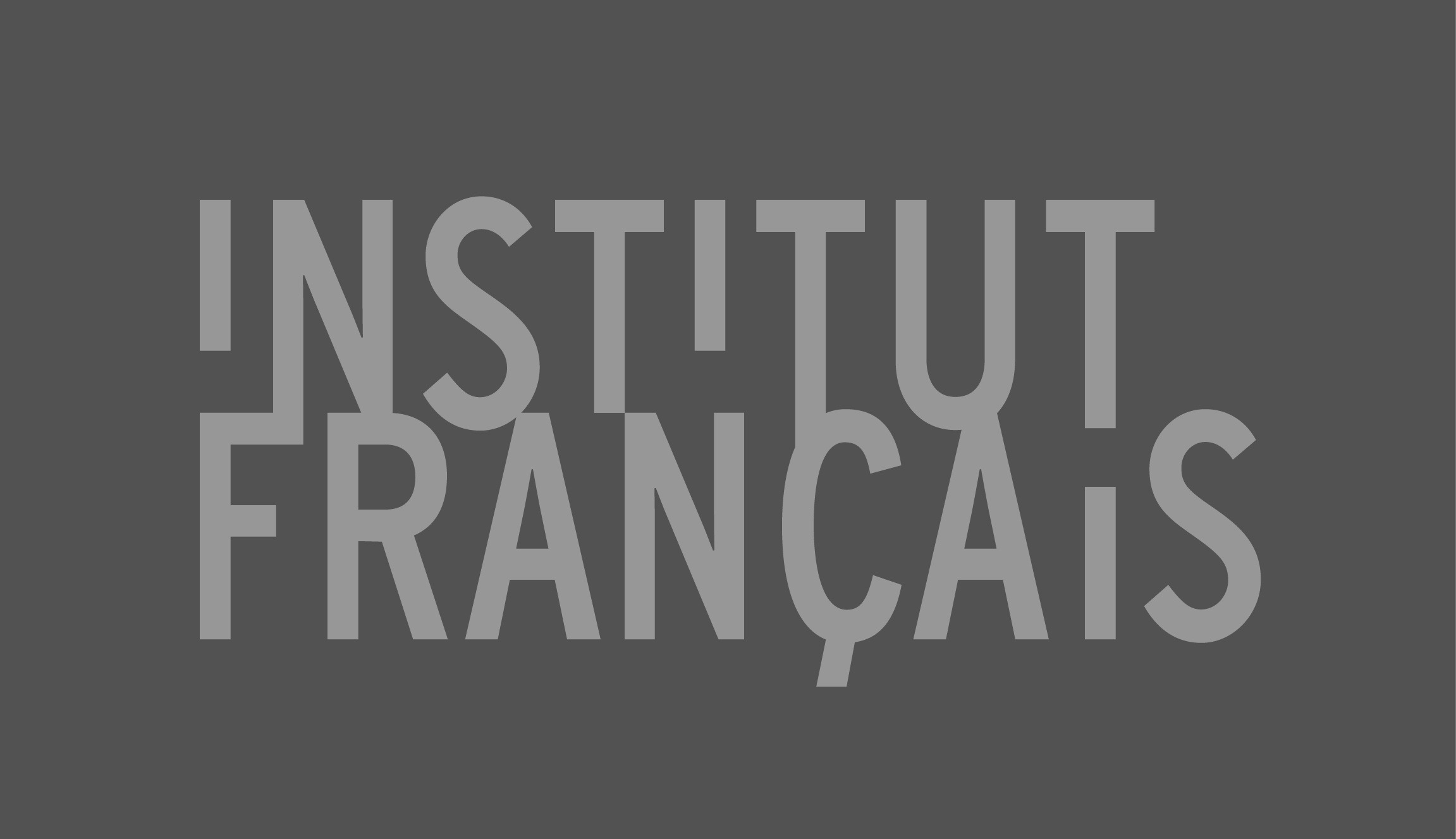


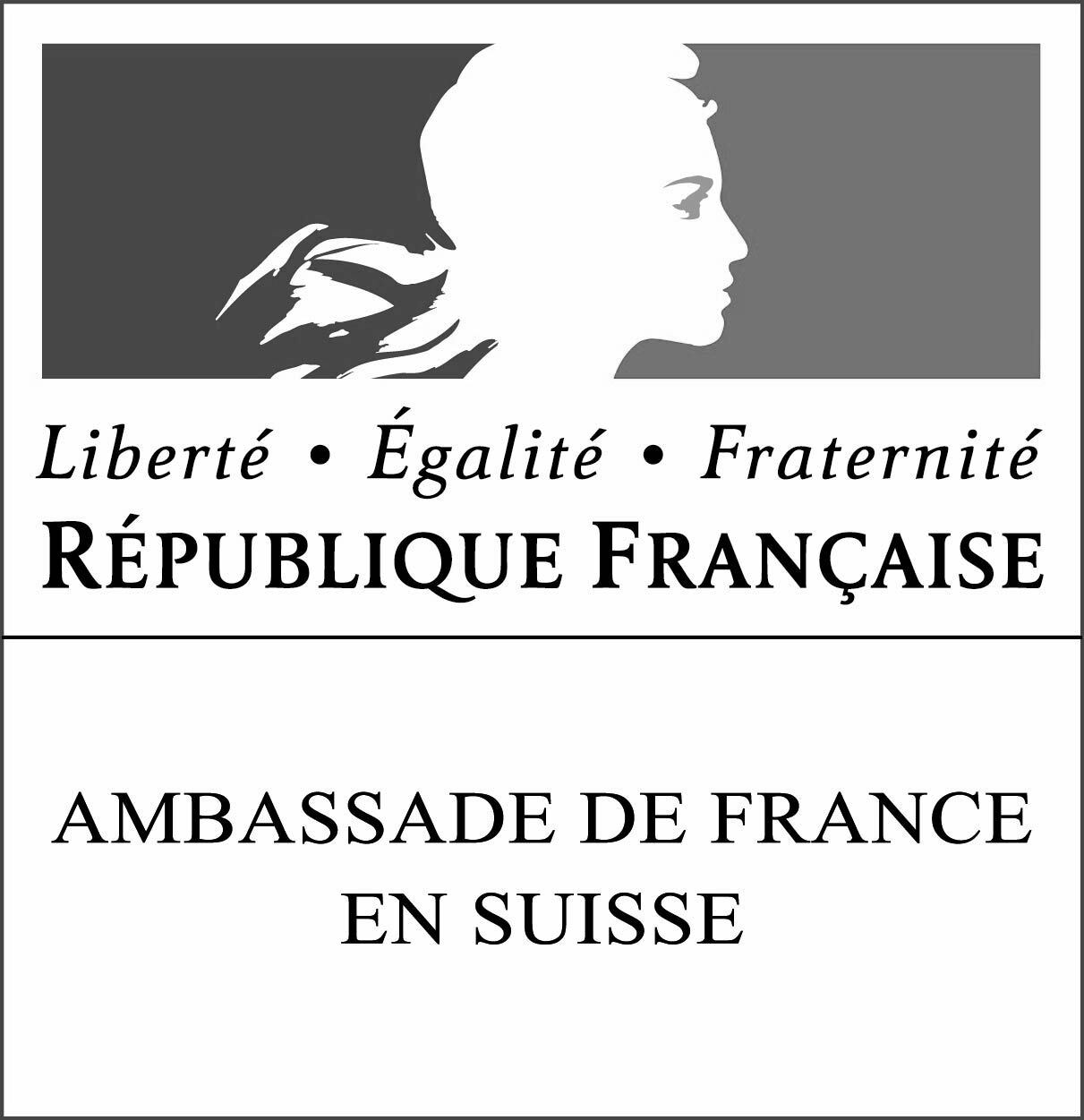
With this two-part exhibition from the Parisbased artist Clément Cogitore (b. 1983, Colmar)the Kunsthaus Baselland presents the firstSwiss solo exhibition by the 2018 Prix MarcelDuchamp winner. In a practice that has developed over many years, the French filmmaker and photographer deals in-depth with the question of how pictures from advertising, entertainment, social networks or even rituals, secrets and illusory worlds all work, these pictures which occupy an active role in the creation of ways of life. While the first exhibition offered an overview of his work in recent years, now his new work The Evil Eye, for which he won the Prix Marcel Duchamp, will be the particular focus of an institutional presentation for the first time.
Clément Cogitore in Conversation with Ines Goldbach
IG: I would like to focus in the beginning on the new work The Evil Eye. Could you tell a little more about the background in the film? All the pictures come from international image databases, don't they?
CC: Yes, all the images come from image banks, such as Getty or Shutterstock. So I didn't shoot them myself, but I bought the rights. These images are mainly intended for use in advertising or political campaigns. Almost all of them consist of a catalogue of stereotypes referenced by descriptions or keywords of the type, for example 930568004 Lonely woman looking through window to city view / 619566729 Beauty girl drinking coffee etc.Each image has an identification number, which I wanted to keep in the image and which gives a rather totalitarian dimension to the whole. These images are all originally used to sell something to the viewer – a product or an ideology. The starting point was an idea: what if these faces, these bodies, instead of trying to sell us something, started to tell us their stories, their fears, their desires and something about the state of their world?
IG: So the question is whether collective images and collective memories are created with these instruments, as well as a kind of collective standard of how something should look. Did that go in a direction that you found worth investigating?
CC: Indeed, this collective imagination, built from pure representation, is of great interest. I like the idea, in carrying out this type of project, of producing a kind of archive of the present day, to imagine that one day in a few centuries human beings found buried hard disks and managed to decipher their data: through watching this film they would tell themselves something about our civilisation, our representation of ourselves, our neuroses, fears and aspirations.
IG: Does the title come from these kind of neuroses? Where does The Evil Eyecome from?
CC: The ‘evil eye’ speaks of a course per se, and the circulation of evil. I wanted to use this notion and confront it with the imagery of perfect bodies and settings, without conflicts and without fears and to produce this by way of editing, off-screen and the subtext.
I am very interested in the question of the origin of evil and its circulation within a community. It happens that in our Judeo-Christian mythologies, and therefore in our imagination, the origin of evil has much to do with the female body (Eve, witches, etc...). While violence is originally brought by man, evil is always of female origin, and carries within it a powerful charge of seduction. I wanted to make these notions resonate with stereotyped female bodies. The female body is over-represented in these databases because the female body sells more and creates less distrust. Then the desire to build a film that was only carried by female bodies and a female voice came quite naturally.
IG: Where does the text come from that we can read and hear? Sometimes it sounds like a prophecy, somehow religious – at the same time it’s not clear if it really makes sense at all. The voice equally somehow draws one in, it’s convincing, it inspires trust.
CC: The text is mostly my own, but there are some fragments of Saint John (The Apocalypse) and Dante (Hell). There is an idea of the imminence of catastrophe, of a community organising itself in face of it and of brutal violence waiting to happen. All this is indeed communicated by an extremely soft voice, which dangerously disturbs the audience's listening.
IG: You mentioned that you very much dislike most of the images, maybe they disgust because on the one hand you know what they are needed for, on the other hand they are still seductive and attractive. You already mentioned the reasons there are mainly women in these images, of different ages, acting or posing. Does this say something about the strategies of advertising?
CC: Indeed the editing was quite challenging because I find these images, for the most part, very unpleasant. Most of the time, as a spectator, you have the impression of being in front of a product. By the cumulative effect of the lighting, make-up, stereotypical actions and intensive post-production the bodies and the physical presence of the people filmed seem very distant; we could be faced with a form of digital spectre. But in fact for each image to exist in this form, even the most artificial, there was at one point a living body in the presence of a camera. I was interested in meeting this body: trying to breach these different successive filters put in-between the body and the viewer by the production protocol.
The montage consisted of trying to reveal what each body and each face might reveal as energy, emotion or difficulty beyond the stereotype it placed there to embody. Through the confrontation of image, text and sound, the editing allows some access to other emotional areas of the shot, which behave differently depending on what precedes or follows and depending too on the accompanying sound. A little like in a chemistry laboratory, where, by combining several substances, you find some of them have unexpected, disturbing properties.
IG: At the same time as The Evil Eyewe are presenting your film Les Indes galantes. There the body, especially the political and social body, is quite central, as is the focus on a very contemporary understanding — or misunderstanding — of living, being and acting together: inclusion or separation, within Europe, within a society, within different religions, genders, social contexts or a certain group. Topics that are among the most important at this moment in our time. Would you agree that this is a crucial topic for your works? Why do you think that film is an appropriate medium for a discussion of these topics?
CC: The body in its own way says things that language does not allow us to express: tensions, energies, desires... It's something that comes up regularly in my work and film is indeed a very powerful medium to capture it. Once someone pointed out to me that in my work bodies are often either subjected to a form of alienation (Elegies,for example), or seized in a transgressive movement (Les Indes galantes). I wasn't really aware of it, but in fact it is true. Between alienation and transgression is a tension that interests me.
IG: The music, rhythm and atmosphere of the whole film Les Indes galantesis stunning; it makes the viewer a participant immediately. The film can be read as a summary and at the same time a clash of all the aforementioned topics, mixed with high energy and the high risk that it might become violent. At the same time the films can be perceived as suggestions of how to deal with potential aggressive energy within society; how this might be transformed into release and liberation. Was this one of your motivations for working with these young Krump performers, who have different backgrounds, giving them a stage and making a kind of dance publicly visible, a dance form which was, as far as I understand, born in black Los Angles ghettos in the 1990s after the violent death of Rodney King and the subsequent riots, and which has remained mostly invisible?
CC: At first I just had an intuition that this baroque music could accommodate other bodies, gestures and energies than those usually called upon. So I invited Krump dancers to take over the music because I felt that the cathartic dimension of the dance could respond in an unexpected way to the incantatory dimension of the music.
Basically, it's a bit like when you have two dear friends who don't know each other and you just decide to bring them around a table to introduce them to each other and capture this meeting. Then, of course, there were long discussions and rehearsals beforehand, because some parts are choreographed and others improvised. The shooting was done by seeking a balance between improvisation and choreography, between accident and control.
From a more conceptual point of view, my initial incentive also responded to a political question, present in the music from the beginning, namely that this piece by Jean-Philippe Rameau from the Indes galanteswas inspired by an Amerindian tribal dance from Louisiana that he had seen in Paris on stage at the Comédie-Italienne theatre. Behind the elegance of the French Baroque there was tension hidden in the ritual drums of indigenous people performing under the gaze of colonisers. In Krump there is this incandescent way of expressing the violence contained in the bodies through symbolic gestures, which are a political response to the police brutality at work in the black ghettos of Los Angeles. By confronting this music with Krump, it was a way of producing a small geopolitical-historical short-circuit in the history of peoples and forms on both sides of the Atlantic.
IG: You are currently working once again on the project Les Indes galantes with the Opéra National de Paris. This time not just one scene of the opera ballet, but with the entirety of the piece. What is the motivation behind continuing this project, and will you work with the same young dancers with whom you came in contact in 2017?
CC: Following the video, the director of the Paris Opera, Stéphane Lissner, invited me to stage the entire opera on the stage of the Bastille Opera, this time with the singers and choir in addition to dancers. I invited one of the choreographers I had worked with for the Bintou Dembele video to do the choreography and several of the dancers in the video will be present on stage, but with Bintou we also invited other dancers from street dances other than Krump, such as electro, popping and voguing. The choreographic spectrum will thus be wider than Krump alone.
IG: Thinking and reflecting on both films, Les Indes Galantesand The Evil Eye, I imagine the whole process of filming and working backstage was quite different – on the one hand assembling a group of people, a kind of social group with different backgrounds with their bodies very much present in the opera itself but in the film per se too. This is maybe true as well for films like Neither Heaven Nor Earth. On the other hand for The Evil Eyeyou worked mainly with a database and its images. Did you perceive this as a different kind of operation?
CC: With each project, I try to confront myself with a new operating mode, a new way of proceeding. "Les Indes galantes" is probably my work where the body is the most present (physical, political, collective body) and in "The Evil Eye" it is the least present: each of these bodies seems to be an artifact. The body here is a priori only a representation, never a presence or an energy. However, what I am looking for in my work above all is to capture and tell people's presences and energies. Confronting these databases, which are gigantic catalogues of stereotyped bodies, is a way of challenging myself: how do I find myself in these presences that are at the heart of my work?
IG: At 15 minutes long the film implies a kind of narration but in fact, although the text continues throughout the whole film and one gets the impression of having followed a narration, it’s really only the striking images that address the viewer. Is this impression part of the artistic concept?
CC: The initial idea was to construct a dramatic counterpoint to images that do not contain any dramaturgy through narrative. As the editing progresses, the text becomes more floating, and it is sensation that becomes predominant. For me, narrative is often like a vehicle that allows me to reach a place. It is not so much the vehicle that matters, but the journey and its destination. Fiction is also a way of engaging the spectator's intellect and thus reducing the control he or she can have on their sensory or emotional response; thus bringing them to a place of unexpected emotion and sensation fed by contradictions.
IG: You just mentioned that The Evil Eyecould function as a kind of archive of the present day, saying a lot about our images of desire, fears etc. Being confronted with all this in that direct way, being seduced and irritated at the same time, would you say it reflects and also challenges our faith in superficial appearances?
CC: I would say that for me this is a way of questioning the kind of seduction produced by fiction: this strange contradiction involves the spectator being both hypnotised by a narrative form, constituted by visual or sound signals from which they cannot avert their eyes, and at the same time being in an uncomfortable position, disturbed, almost damaged, by the meaning produced by these signals meeting. Basically, with The evil eyeI try to understand the sirens’ song.
Clément Cogitore (* 1983 in Colmar, lives in Paris) graduated from the art and design school in Stasbourg (Ecole Supérieure des Arts Décoratifs de Strasbourg) and the Fresnoy National Studio for contemporary art (Studio national des arts contemporains).
Our sincere gratitude goes to monart, Novartis, Institut Français, Grant Grand Est and flashlight for their important support of the exhibition.
